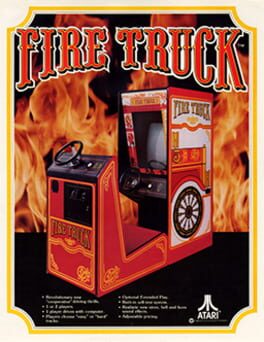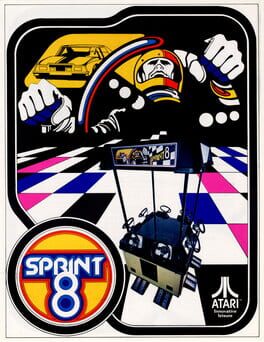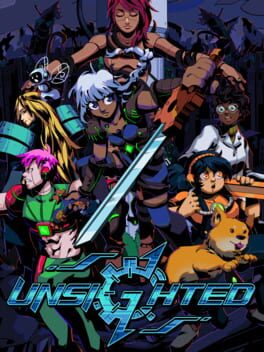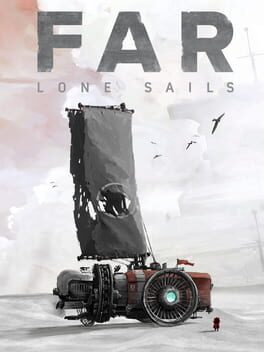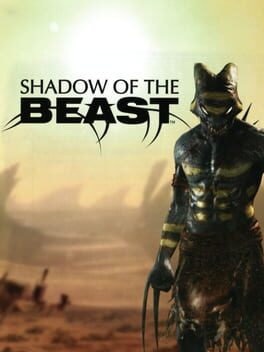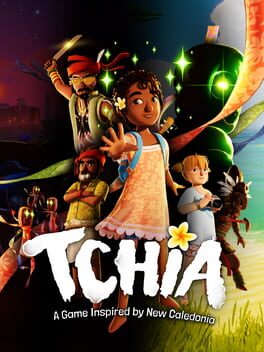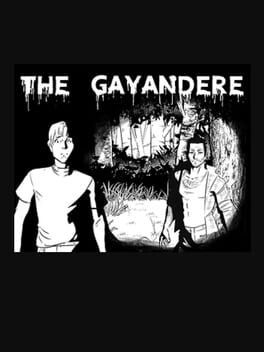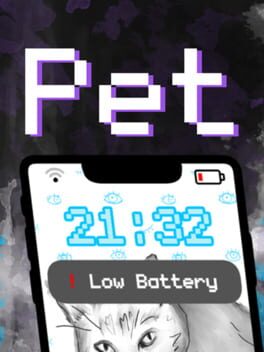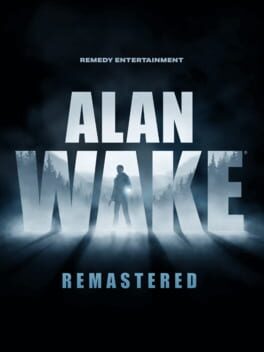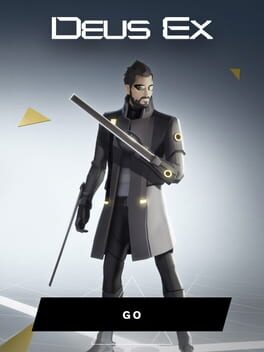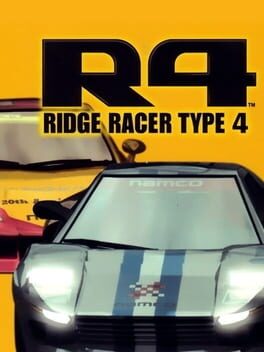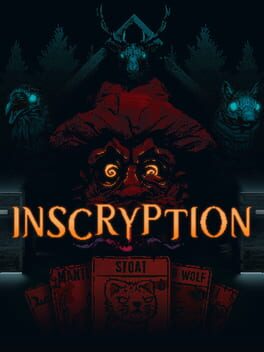done
1978
Playing on Atari 50, my goal with this one was to be decent enough to hit extended play. That turned out to be a tough task! I would have pumped plenty of quarters into this one in the attempt and probably would never make it with the intended 2-player co-op.
Once again, I can see this as a potential inspiration for many games to come. The graphical detail is also a leap forward from the likes of, say, Sprint 8. But it seems to me to be missing one obvious component: there's no firefighting elements, at all. Might as well call it "runaway tractor-trailer." I guess it might have been beyond the capabilities of the time to have a water hose effect, let alone fires to put out.
Once again, I can see this as a potential inspiration for many games to come. The graphical detail is also a leap forward from the likes of, say, Sprint 8. But it seems to me to be missing one obvious component: there's no firefighting elements, at all. Might as well call it "runaway tractor-trailer." I guess it might have been beyond the capabilities of the time to have a water hose effect, let alone fires to put out.
1977
Like others, I gave this a whirl as part of the Atari 50 collection. I played each track. What stood out, particularly in combination with playing Pong and Breakout just before, is how impressive the sense of momentum is given the limitations at work. Cars do kind of slip around the track and there are accompanying, well-timed tire squeals. It already feels like Super Off-Road, which is wild considering there's a 12-year distance and an entire industry built in the intervening time.
2023
A game that excels at delivering the unexpected. It's a shoot 'em up crossed with a twin stick shooter with a focus on puzzles over reflexes. Mechanics change often - often within the same level - and I think there's thirty-five levels and seven boss fights. I delighted in how these changes were visually communicated and how tightly designed they were. There's often just enough time to react, then work things out, then embrace the new structure, and then bam it's time to adapt again.
While its mechanics are inspired, the music and art aren't worth much mention. Anything that could be mentioned as plot is nonsensical. Oddly, my thoughts on those things don't matter much to me. Playing Eigengrau is more about having fun and basking in varied and well-executed game mechanics than anything else.
While its mechanics are inspired, the music and art aren't worth much mention. Anything that could be mentioned as plot is nonsensical. Oddly, my thoughts on those things don't matter much to me. Playing Eigengrau is more about having fun and basking in varied and well-executed game mechanics than anything else.
2021
Unsighted wears its most direct inspiration on its sleeve in the form of 2D Zeldas and, in my opinion, improves on them. It doesn't do so perfectly: there's some messy balance in that the game starts tough and then becomes sharply easier. There's some inessential stuff too, like the crafting system and cogs. But the dungeons are almost uniformly outstanding and so is the interconnected, layered map. The music and art keep things moving. And while the plot may be predictable, it is heartfelt.
2018
I gave this one a quick spin a couple years ago. It didn't grab me at the time, but I gave it another shot last night and I'm glad that I did. There's some fun stuff going on here with diegetic visual indicators and scale. The core idea of a little dude who uses in-game buttons to pilot a land boat is a fun one. The score and sound effects shine, from the hiss of steam to the use of plucked strings to convey traveling through hail.
It's a good thing that its charm carries it, though, because it's a little nonsensical with a moment's thought. Those visual indicators that are helpful to the player don't make much sense in the setting and neither do the big orange buttons that control everything. The components to solve puzzles are usually inside of the screen in which your land boat is halted by an obstacle. In some ways, all of that is good: it would be a less pleasant game if I was held up by searching the screen for interactive elements. But I think it also limits the narrative potential of the game, leaving Far: Lone Sails as simply a fun and often pretty journey. My motivation in playing, really, was to keep crossing to see what was on the other side.
It's a good thing that its charm carries it, though, because it's a little nonsensical with a moment's thought. Those visual indicators that are helpful to the player don't make much sense in the setting and neither do the big orange buttons that control everything. The components to solve puzzles are usually inside of the screen in which your land boat is halted by an obstacle. In some ways, all of that is good: it would be a less pleasant game if I was held up by searching the screen for interactive elements. But I think it also limits the narrative potential of the game, leaving Far: Lone Sails as simply a fun and often pretty journey. My motivation in playing, really, was to keep crossing to see what was on the other side.
2016
I was intrigued enough to give this a spin based on its Amiga inspiration, but soon deleted it. I think the designers had ideas about updating this into more of an action game, but they don't work in a fun way. Mashing a QTE every time I wanted to heal one point of health is not great and there isn't enough variety in moves or animation to make the encounters interesting. Neither is the level design, which feels like a string of ideas put together without consideration for the floaty movement. After I accidentally executed a leaping attack and fell to my death, only to see that there are no checkpoints and that, as such, I would have to replay the whole level, I decided not to give this one any more of my time.
2023
What a pleasant surprise. Tchia's designers and artists wanted to include so many things in this game. Chapters often conclude with a musical sequence, the sunsets are always vibrant, and the sailing is blissful. Diving for pearls from your boat would make for a pretty decent small game on its own. So would racing around as deer, a pigeon, or just a person with a glider. While it would have been nice for some of Tchia's many powers to be more relevant to missions, they're all plenty of fun.
2022
An enjoyably sinister die-and-retry game in which the bloodthirsty character of the titular yandere gets quickly down to business. It's so easy to die up in those mountains! Luckily, there's some clever writing that portrays deaths within the stages of the story. With that said, those death scenarios could have more to them. As a result, I wound up making heavy use of the fast-forward button. I would have also liked there to be more substance to the romance beyond instantaneous attraction.
2023
An enjoyable VN with some light creeps and fun with repeated plays and multiple endings. I particularly enjoyed a certain body horror rubber ball. The creeps are delivered in small doses with objects like that and slightly larger doses in how the plot makes good on the title. While some themes (for example, the importance and difficulty of being able to say, "no") are very overt in the writing, there's also some room for subtlety.
2021
The setting for this game is its finest quality. Plenty of level designers take inspiration from theme parks , but I like how Alan Wake has to move through a forest park. The early episodes that focus on that are mostly fun to play and it makes sense as a setting in which characters are dependent on flashlights and generators. I also enjoyed how the game eventually made good on providing the town of Bright Falls as a level. But man, even with plenty of tongue-in-cheek humor about it, Alan Wake the character is a hack. Part of the horror here is the thought of being trapped in such a badly-written story.
Armored Core VI is a thrilling and captivating game. It can also be a frustrating and poorly balanced one, but that's par for the course for this series. I would have liked the arena fights to be more challenging and would also have preferred that some of the big boss fights be more symmetrical to the abilities and constraints provided to the player. That said, I love playing this game. The implementation of the garage and parts store is fantastic. That is complimented by checkpoints that are, for the most part, well-placed. It's a very good thing that the team at From wanted to give players the option to tinker, adjust, and warehouse different builds for different opponents and styles of play.
The story also turned out to be above-average and the English localization and VO help that along. In particular, I think that there are surprisingly robust themes around identity, selfhood, and choice. While Armored Core may not be the first place that people look for consonance between narrative and gameplay, the team behind this one has some good ideas about the deeper symbolism that can be derived from smashing together combat machines that are the size of small apartment buildings.
The story also turned out to be above-average and the English localization and VO help that along. In particular, I think that there are surprisingly robust themes around identity, selfhood, and choice. While Armored Core may not be the first place that people look for consonance between narrative and gameplay, the team behind this one has some good ideas about the deeper symbolism that can be derived from smashing together combat machines that are the size of small apartment buildings.
2016
A decent bit of turn-based puzzling, wrapped in visual layers of stealth and combat. But it doesn't do much with that wrapping. It's as though someone sent some bullet points that said Deus Ex was about stealth, hacking, and corporate conspiracy. None of that is consequential and the writing is minimal. At least the board game-style mechanics are still entertaining enough for a round here and there. The bigger shame is that this is the last drop of Deus Ex that I had left to play.
I can see why this one is regarded as such a disappointment. Level design is rote and it feels as though there are only pro forma gestures at dead ends that are off the main path. The plot is meager and derivative, with comically bad pacing that backloads exposition into the final scenes of the last chapter. That said, I enjoyed the Punch-Out-in-space-jail combat and the gore is great. Unfortunately, even the blood and guts lose their glossy luster with repetition.
1998
From the CG intro to the bright yellow menus to Kohta Takahashi's outstanding OST, this is a time capsule of the aesthetics of 1998. The racing is classic arcade-style and, in my opinion, that makes manual transmission the only option. Courses and events are varied, for what's here, and the GP story frames are fun. The downsides are the small number of tracks and events. With the exception of some story, players will have seen most of what there is to see after a single trip through GP mode. Then again, what's here can be replayed endlessly. This game is so polished, and its presentation is so pleasant, that I know I'll keep coming back.
2021
This review contains spoilers
There are three key things that I enjoyed about Inscryption: the way the card game develops as you continue through the story, the way that story is structured, and the incorporation of a found footage-style FMV narrative frame. It's a little uneven, but in a way like a roller coaster - I felt a climb near the start of most acts, followed by a swiftly accelerating turn to the end. That worked overall, especially with the way the end of the game rushes by, even if it dragged a bit in the middle.
